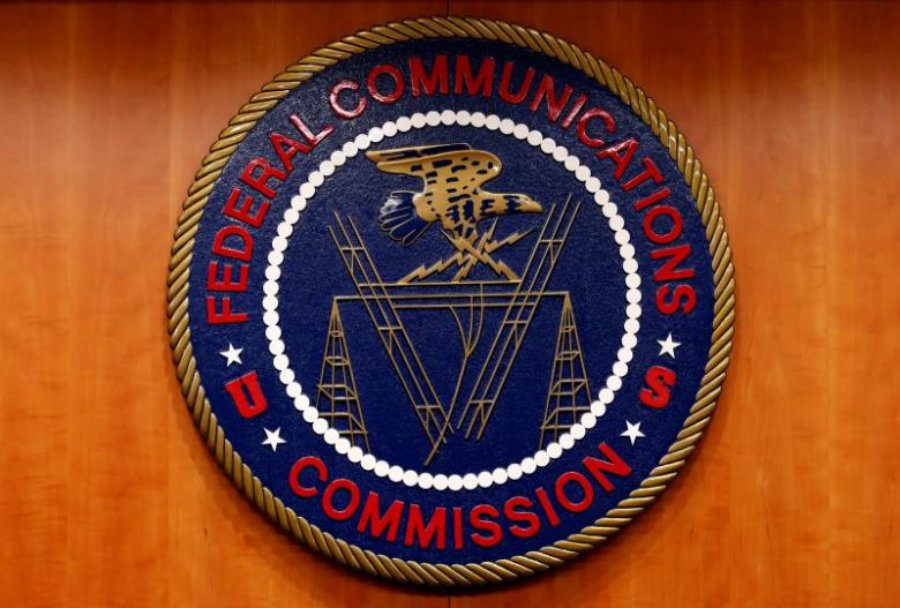On today’s world, being connected is more important than ever. People who are struggling to pay the bills and keep themselves afloat may not be able to afford a smartphone or data plan, but few of them know the government is there to offer free communication solutions.
Starting back in 1985, the Universal Service Administrative Company (USAC) of the U.S. along with the Federal Communications Commission (FCC) developed the Lifeline program to help those in need of communication products and services they cannot afford or maintain.
Nowadays, the Lifeline program has undergone substantial changes to adapt to the needs of users in the 21st century.
Most notably, the March 2016 Lifeline Modernization Order established a new precedent by including broadband internet as a service of the platform.
People in certain conditions can apply to be part of the Lifeline program and benefit from its services, and even get a free cell phone or smartphone to use. Below, the series of steps you should follow if you are interested in getting a mobile device from the government.
How to know if you are eligible for a free line and handset?
There are two primary criteria to determine if you qualify for Lifeline government assistance in communications services: Income and federal programs.
The standard reference to know if someone is eligible for Lifeline is comparing his or her household income with the rates established by the federal poverty guidelines.
It is simple: People who earn 135 percent or less of the yearly income set as the poverty threshold in your state, then you qualify for Lifeline assistance.
For example, the government establishes that $21,627 is the poverty guideline of a two-people household in nearly all states. The individuals of said family must make $29,196,45 a year or less to apply for free Lifeline.
The second method is much more straightforward. People in poverty are often enrolled in other government assistance programs, so, naturally, the FCC and USAC have just linked correlated programs together as eligibility criteria.
Americans benefiting from the SNAP program (food stamps), Medicaid, Supplemental Security Income (SSI), Federal Public Housing Assistance (FPHA); receiving Veterans Pensions or Survivor Benefits; and those living under Tribal Programs can apply to receive Lifeline services free of charge or reduced fees.
How to apply for Lifeline
The FCC determines only one person in a household can be a Lifeline beneficiary. What’s more, the user can only receive one of the services offered by Lifeline, namely broadband internet, cell phone data plan, landline telephone, and others.
Once someone has determined he or she is eligible to benefit from government assistance, they need to follow three simple steps: select the telecom company of their preference, fill out an official application, and verify their identity to enroll in Lifeline formally.
For mobile service in the U.S., there are plenty of carriers to choose from depending on the state. The company of your choice will hand out the corresponding application for you to fill and submit it back to them.
To verify someone’s identity, Lifeline contractors often request ID documents. This process is usually seamless, and most people get the all-clear, but the carrier may contact people to check up on the info.
Once they are verified, the company will provide them with a mobile device and a standard data plan. Recent initiatives have brought data caps higher, more minutes, and 3G-band speeds to Lifeline beneficiaries.
Which Lifeline carriers offer smartphones with their services?
The good news is, most of the companies offering mobile services to the FCC program offer smartphones for free with the lifeline. However, the selection process is randomized, and the cell phones are rather old.
Most of the carriers give users Android handsets, with a few exceptions handing out old iPhone models to Lifeline subscribers. Some of them only offer smartphones in certain states of the U.S.
Assurance and EnTouch Wireless only offer smart devices in California. True Wireless primarily gives out iPhone 4 and upwards to its customers where applicable.
The rest of the United States has plenty of companies to choose from, all of which offer Android devices as handsets for mobile communications.
The list includes Safelink Wireless, Assist Wireless, Budget Wireless, Access Wireless, SafetyNet Wireless, Life Wireless, Tag Wireless, Terracom Wireless, Wireless for Hope, StandUp Wireless, and Cintex Wireless.
Source: Free Government Cell Phone



